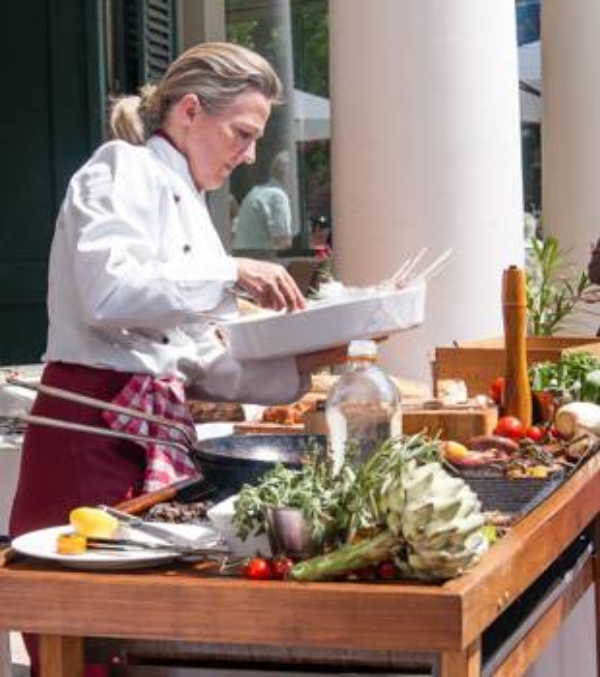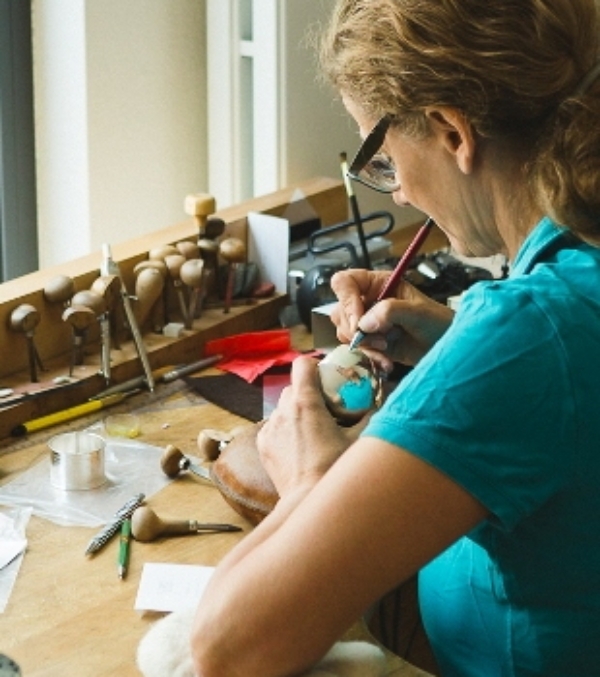Forest and water as far as the eye can see and as far as your legs can carry you. A wonderful variety of fish, game and plants: it's no wonder that even the prehistoric people and Slavs loved our region. The name "Mecklenburg" comes from the Slavic name "Mikelenburg". It was first mentioned in documents in 995 and it describes a Slavic castle in today's village of Mecklenburg near Wismar. This is why the place is also considered to be the "cradle of Mecklenburg". The Slavic princes had long enjoyed a good life between the Elbe River and Wismar Bay and so you can find signs of them almost everywhere. In the Middle Ages, they were permanently incorporated into the Holy Roman Empire under the feudal rule of the German regent Henry the Lion. Mecklenburg has the only German ducal house with Slavic roots.
Tradition and cultural treasures
 Castles and stately homes
Mecklenburg's castles and stately homes are unique and there are many beautiful and impressive castles in the western part of the state – including the royal castles of Schwerin and Ludwigslust.
Castles and stately homes
Mecklenburg's castles and stately homes are unique and there are many beautiful and impressive castles in the western part of the state – including the royal castles of Schwerin and Ludwigslust.
Nature and history
A special cultural landscape
Under the influence of the times of the grand dukes, castles, mansions and stately homes are now found throughout the idyllic landscape of Mecklenburg. It is not just day trips to the old royal seats that promise to give you cultural diversity. In many places, there are museums, art exhibitions, theatres and concerts. On the ManufakTour route, visitors can experience the art and tradition of handicrafts live and at close hand, and the large-scale open-air museums impressively illustrate the rural life of past centuries.
Surviving rural traditions
Agriculture still plays an important role today. This is reflected in all the many kinds of regional produce and traditional harvest festivals. The unhurried Mecklenburger likes to meet up with friends on certain occasions to enjoy a drink or two. These occasions include, among others, the bonfires that take place in this state at Easter and in the autumn or the cosy Christmas markets.


